duelist1954
40 Cal.
- Joined
- Jun 27, 2011
- Messages
- 430
- Reaction score
- 72
I recently tried my hand at making paper cartridges. As will be obvious, I’m not a military reenactor, so this was a learning experience for me.
But once I got a good batch of cartridges made, I filmed an extended firing sequence using a reproduction of a .69 caliber, 1766 Charleville musket.
This is probably too basic for most of you, but it is always fun to see flintlocks being shot. So, maybe the vid is worth a look on that basis.
https://www.youtube.com/watch?v=0BEg-xdabHs
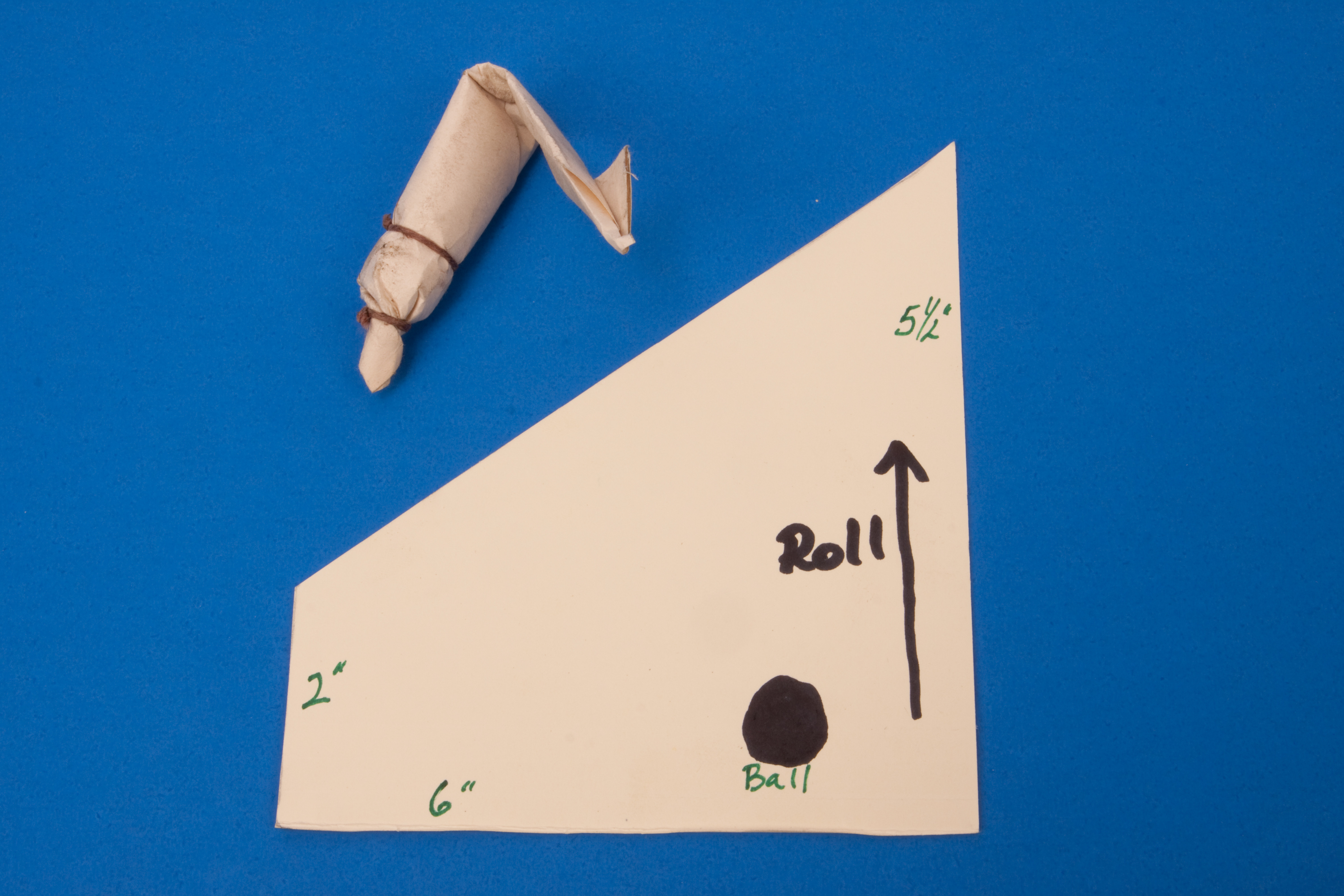
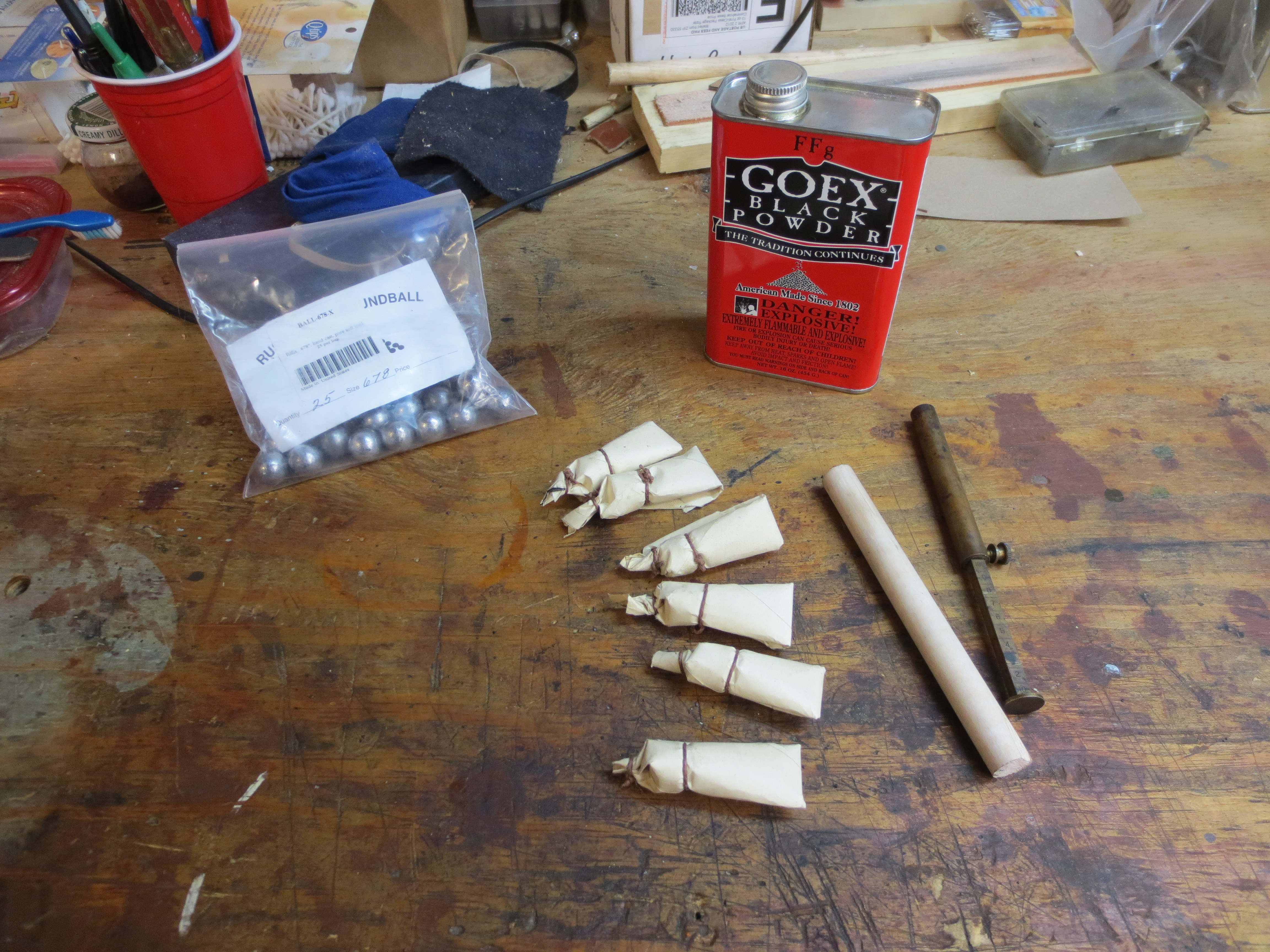
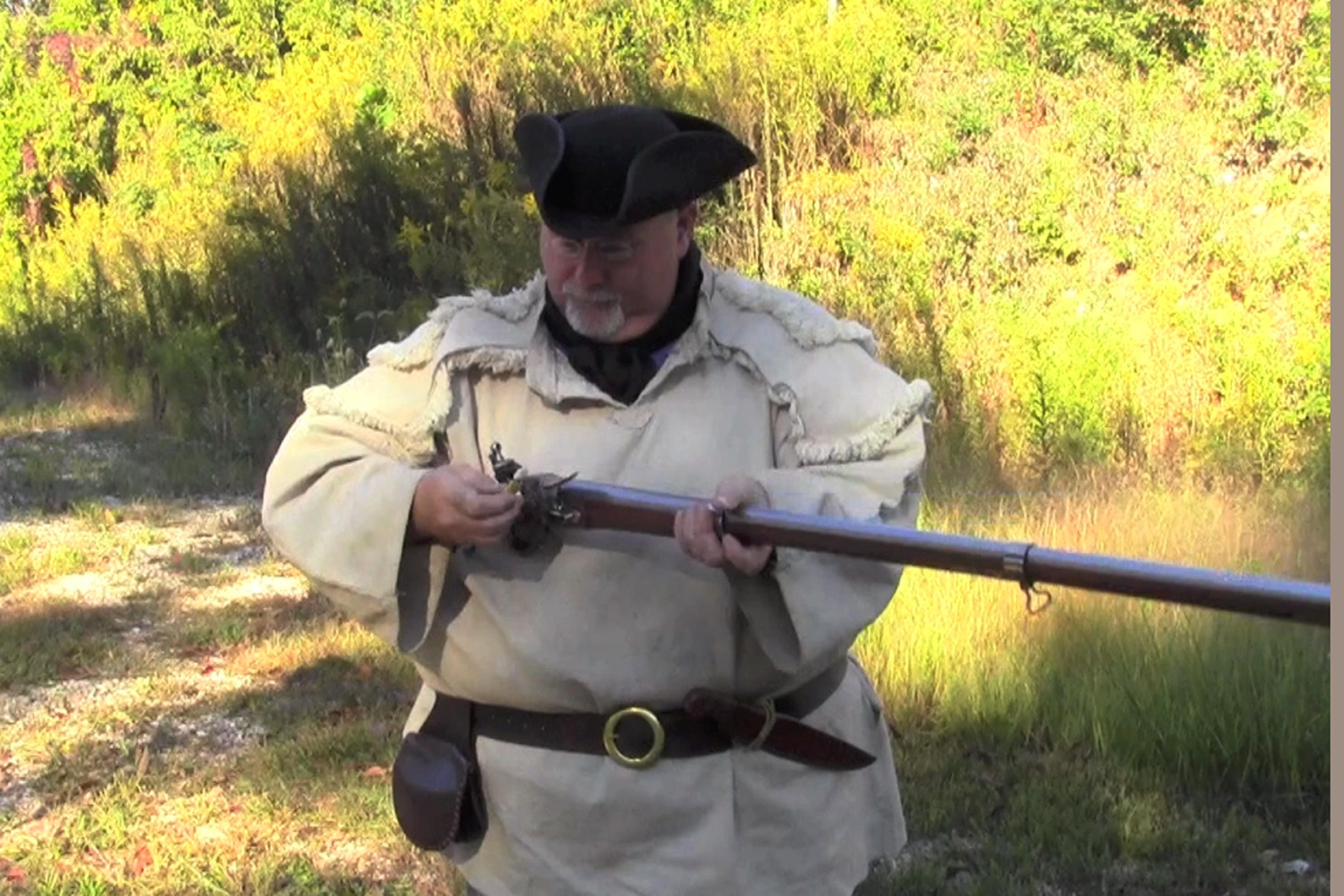
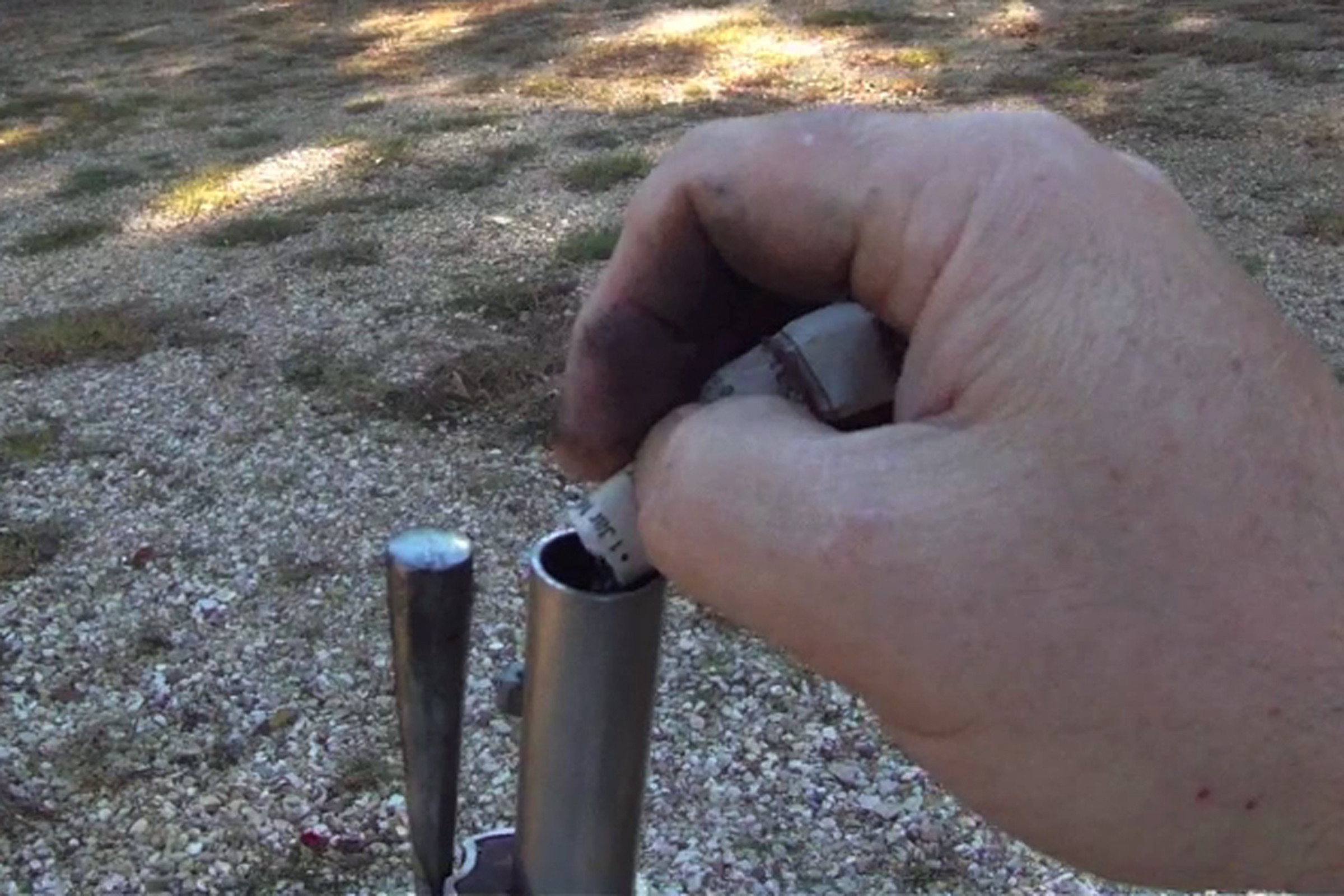
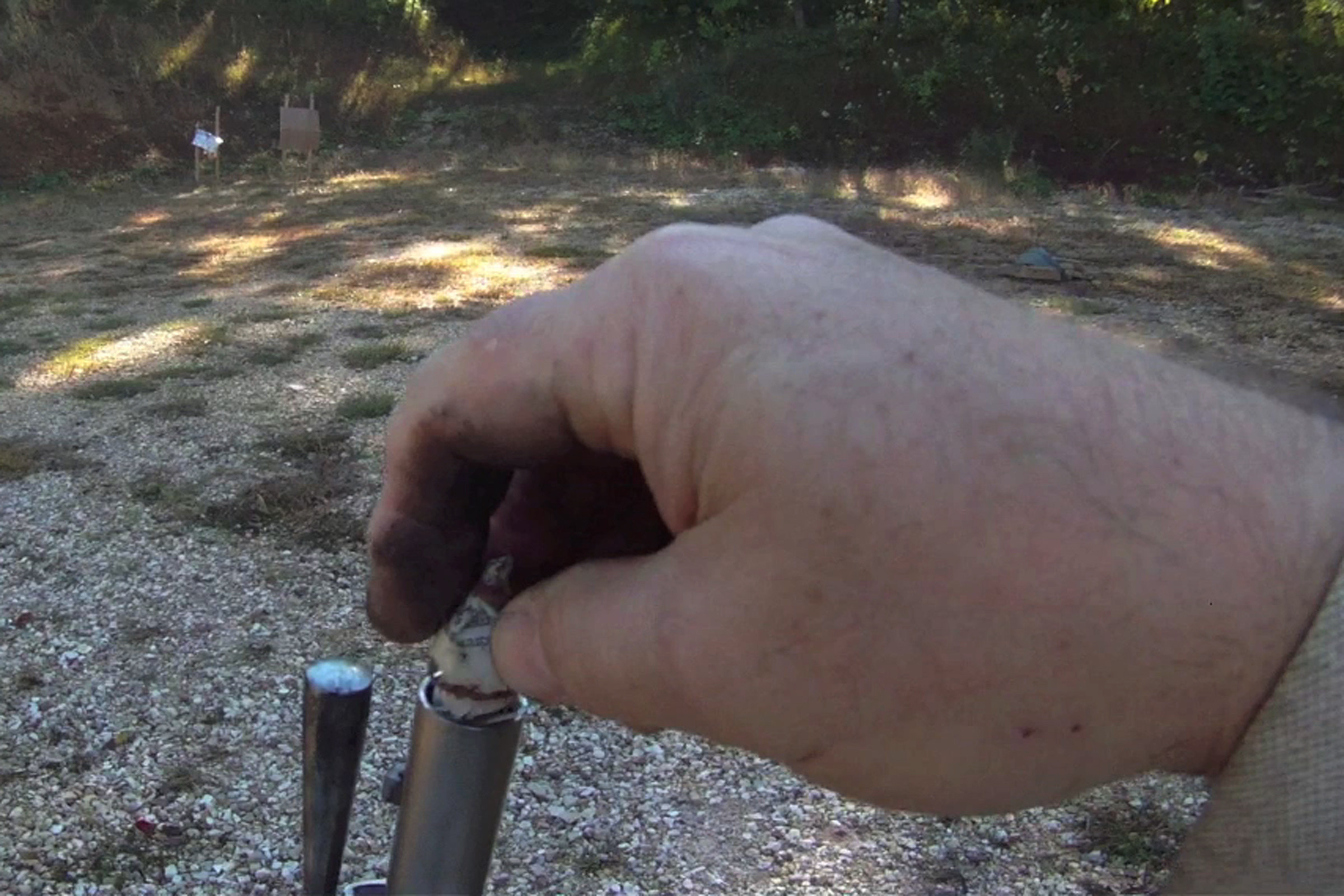
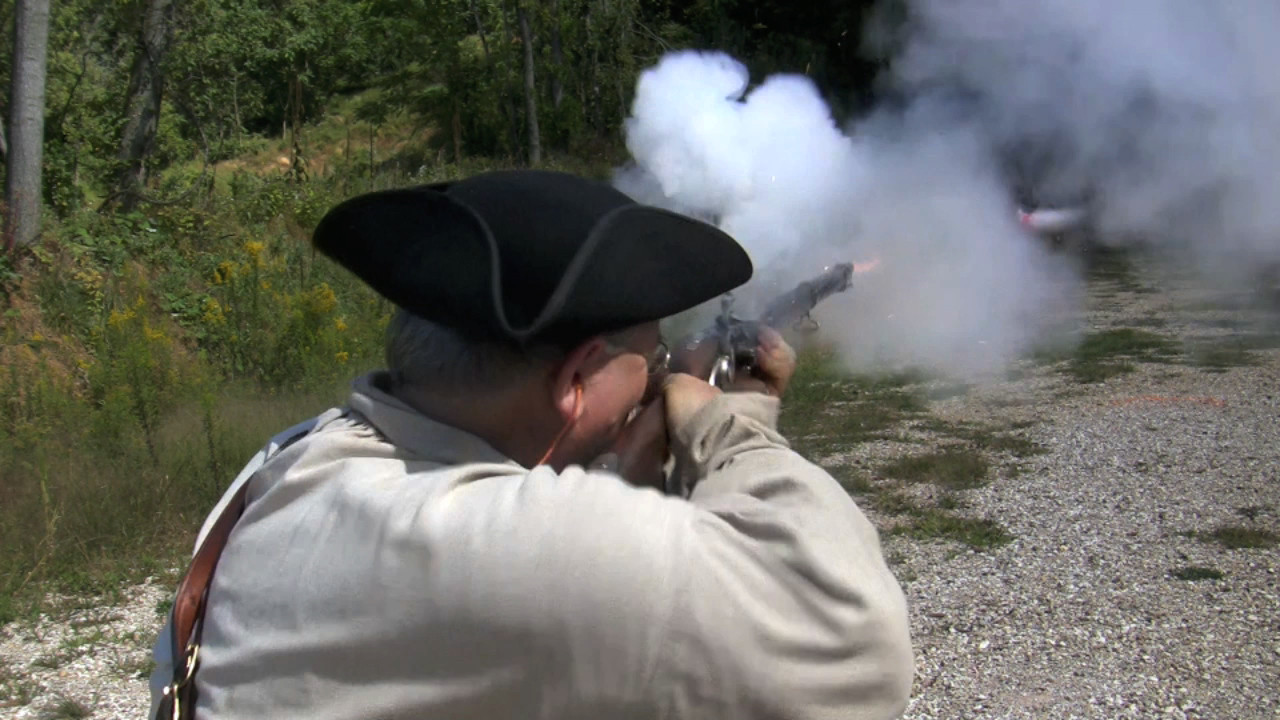
But once I got a good batch of cartridges made, I filmed an extended firing sequence using a reproduction of a .69 caliber, 1766 Charleville musket.
This is probably too basic for most of you, but it is always fun to see flintlocks being shot. So, maybe the vid is worth a look on that basis.
https://www.youtube.com/watch?v=0BEg-xdabHs






Last edited by a moderator:




